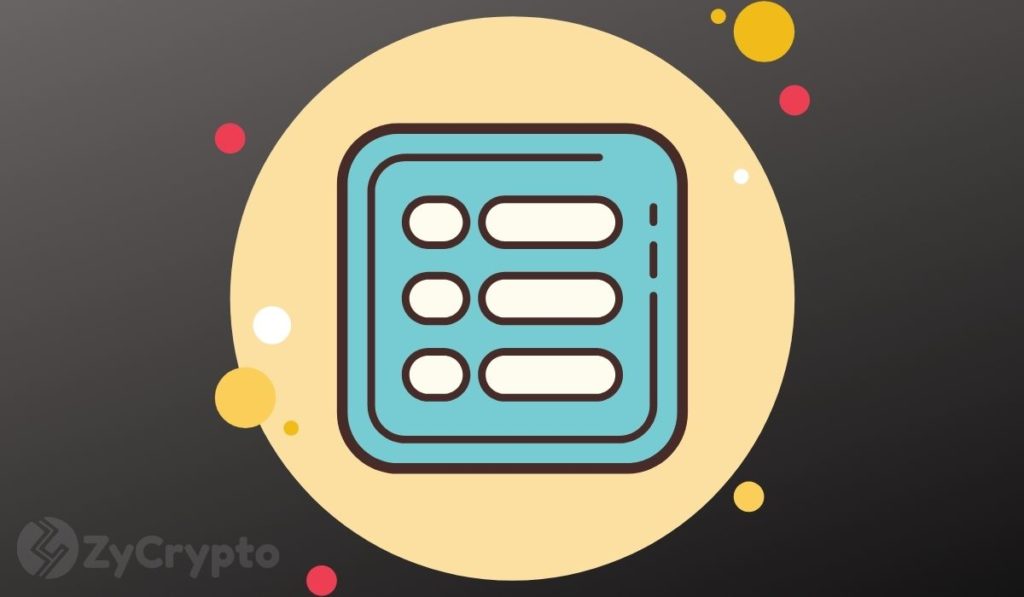
2021-4-12 12:59 |
The emergence of new crypto networks is analogous to the birth of new cities. Before the metropolis can become home to thousands and eventually millions of residents, the infrastructure needs to be put in place. In the case of urban environments, this means roads, water, power, amenities, public services, and all the other essentials that will be familiar to avid players of SimCity.
With blockchain networks, it’s a similar story: to reach critical mass, there need to be oracles, DEXs, wallets, developer toolkits, lending protocols, and cross-chain bridges that provide an on- and off-ramp to other blockchain cities. Oh, and there needs to be privacy. It doesn’t have to be baked in, but it needs to be there as an opt-in feature for those who need it. At some stage in proceedings, everyone needs privacy, be it to mask their wallet balance when paying contractors, or to obfuscate sensitive financial data when transacting B2B.
By default, Polkadot ships naked, with zero privacy protections: everything is there for the world to see simply by consulting a block explorer. That’s how public blockchains work. But it doesn’t have to be that way, with one’s dirty linen being aired in public, complete with net worth, wallet balance, and trading history laid bare. Raze Network is a Polkadot project with cross-chain compatibility that’s on a mission to stuff some of those secrets back inside, granting residents of the blockchain city the privacy they require.
The project will be launching on Pools, DuckStarter and Bounce today, as well as a liquidity bootstrapping pool (LBP) on the Balancer platform starting tomorrow onwards.
The Privacy Protocol Polkadot DeservesRaze operates as a privacy layer on Polkadot that can be deployed across its entire network of parachains and main relay chain, as well as other decentralized Web3 applications. While Polkadot’s architecture is new to the majority of defi users, who have yet to dip a toe into its waters, but the core technologies that Raze is using should be familiar. Raze Network is built upon zkSNARKs, those highly versatile means of verifying the integrity of data without disclosing its contents.
Essentially, zkSNARKs allow for the legitimacy of a transaction to be confirmed without revealing its value or nature. For example, they allow you to pay an employee using crypto, with the tx broadcast to the blockchain as usual, but the amount remaining hidden from third parties. The potential applications for this are extensive, spanning multiple verticals, industries, and markets.
How Raze WorksRaze Network uses r-tokens which replace the original asset, providing the privacy that its counterpart does not. r-tokens, which are issued on Raze’s layer-2 network, can be redeemed for the original asset at any time. For Raze to realize its full potential, it naturally needs to be integrated into as many protocols and platforms as possible.
r-tokens can always be minted from the base token at a ratio of 1:1 using Raze Network. The r-token can then be privately sent to the counterparty, be it B2B, P2P, B2C, or between any other two entities. Once received, the r-token can be converted back to its native form, with no means of linking it back to its sender.
Because Raze is compatible with the EVM, it won’t just provide greater privacy guarantees, but will also improve liquidity on Polkadot, making it easier to transfer ETH and ERC20 assets over while obfuscating the origin of funds for those who desire privacy.
Polkadot needs privacy if it is to become a burgeoning crypto city, frequented by users of all stripes. And in Raze Network, it appears to have found its perfect partner for providing the privacy that is a basic human right.
Similar to Notcoin - Blum - Airdrops In 2024
Time New Bank (TNB) на Currencies.ru
|
|
























